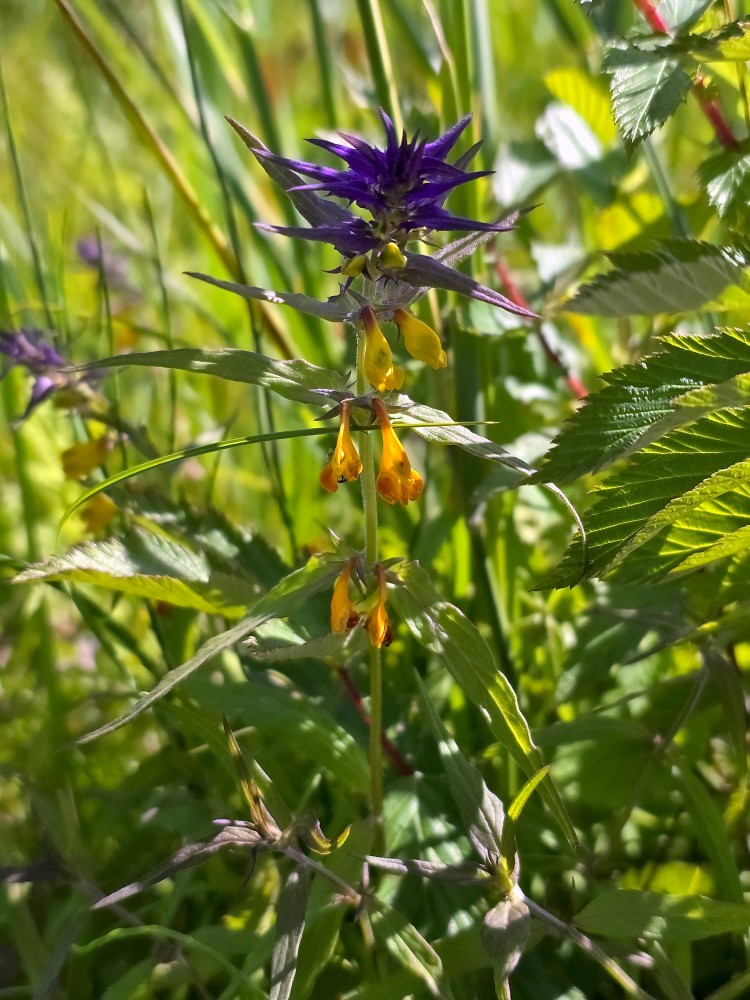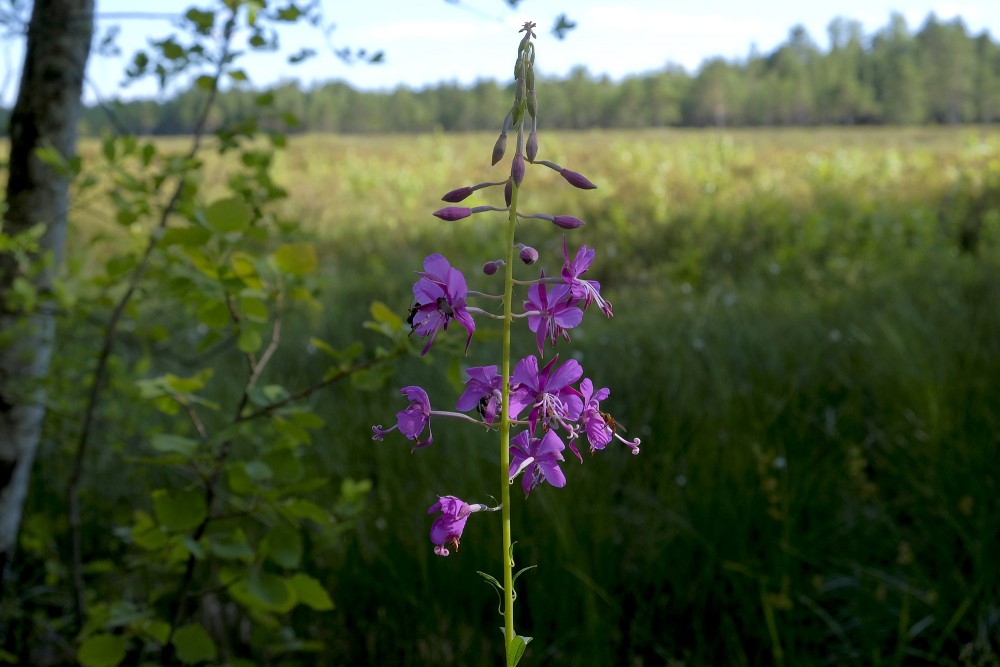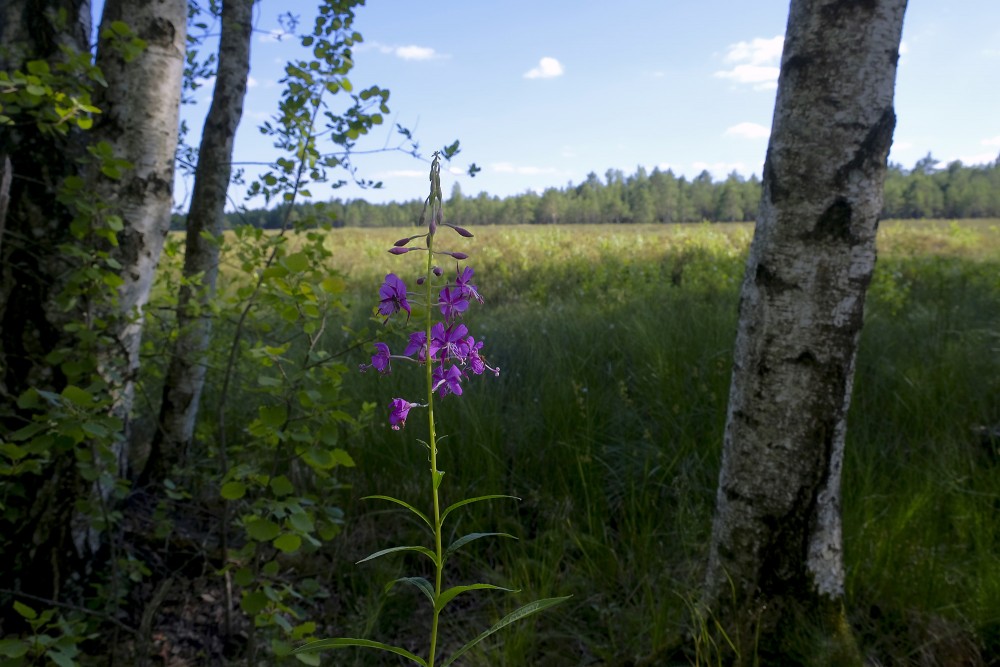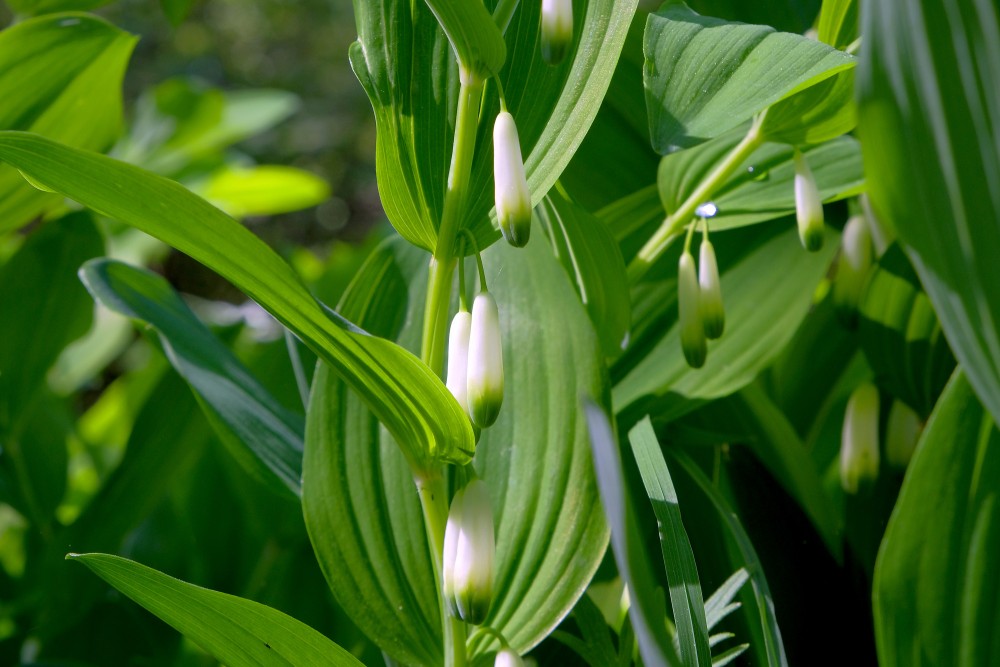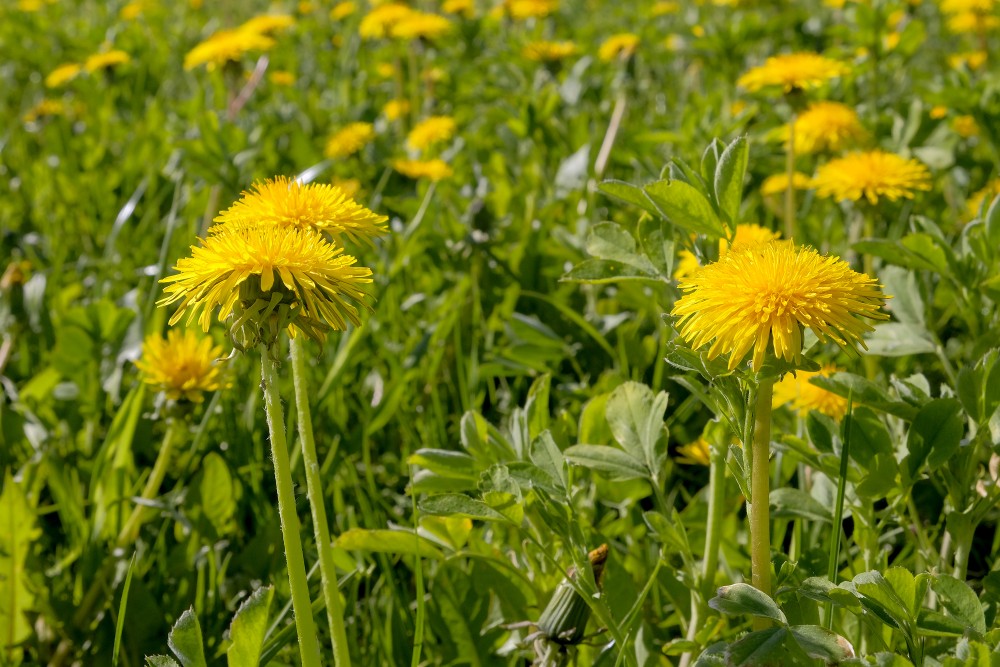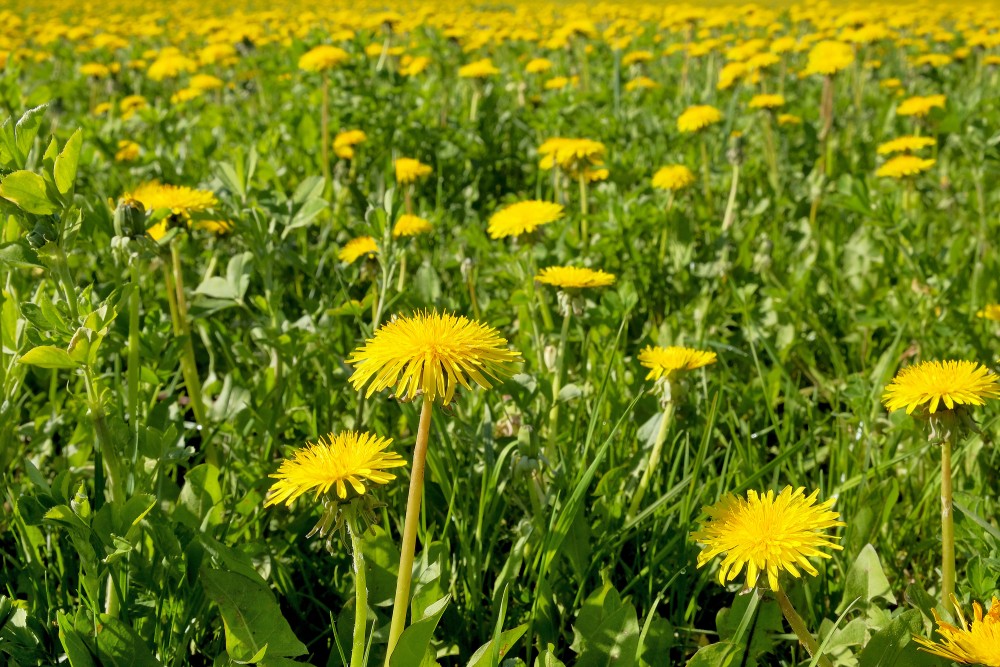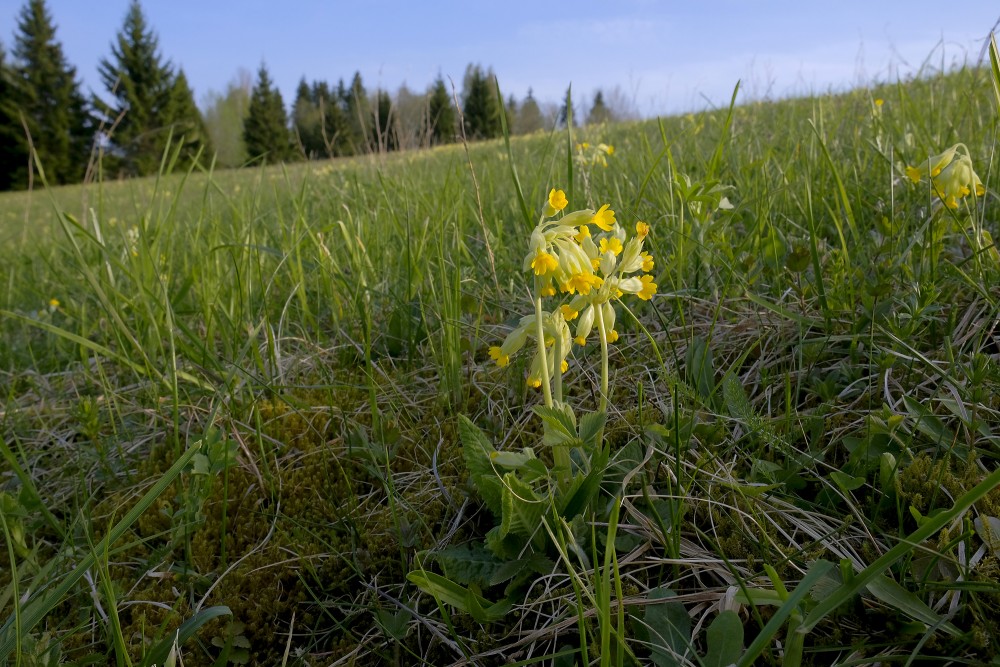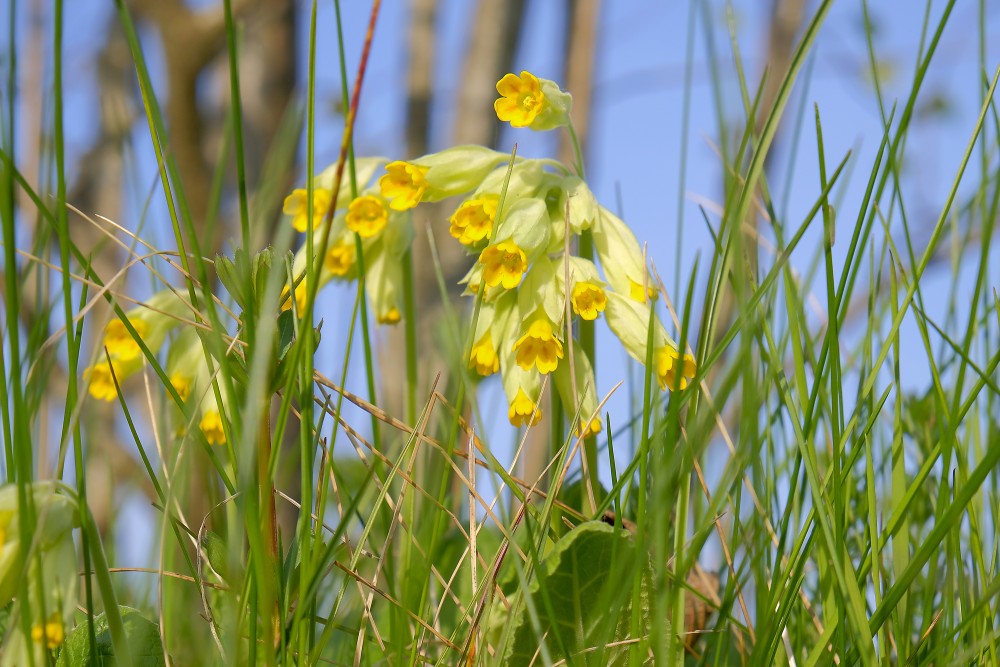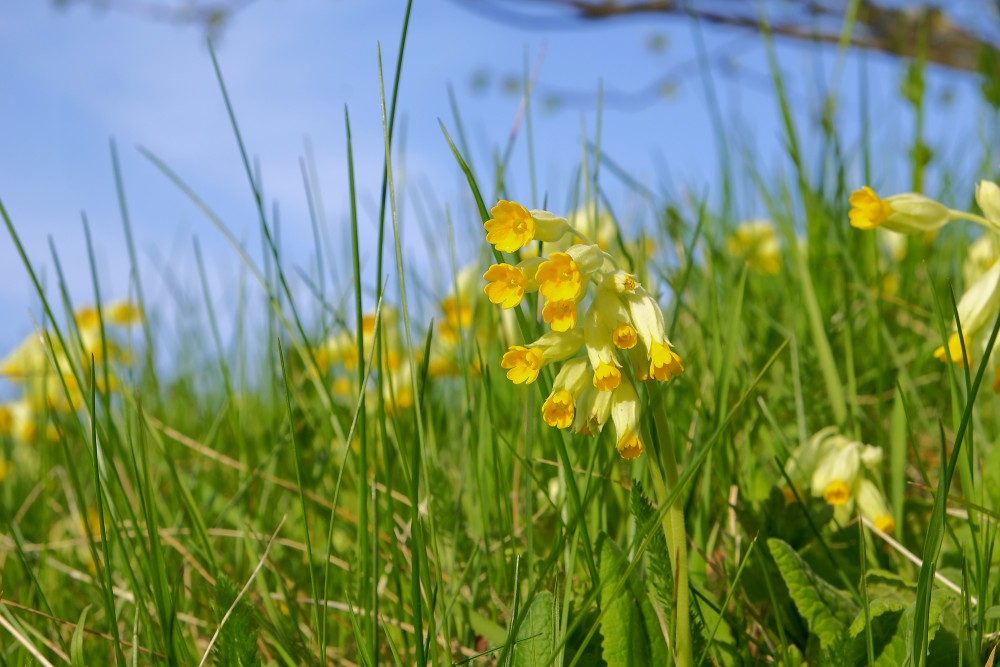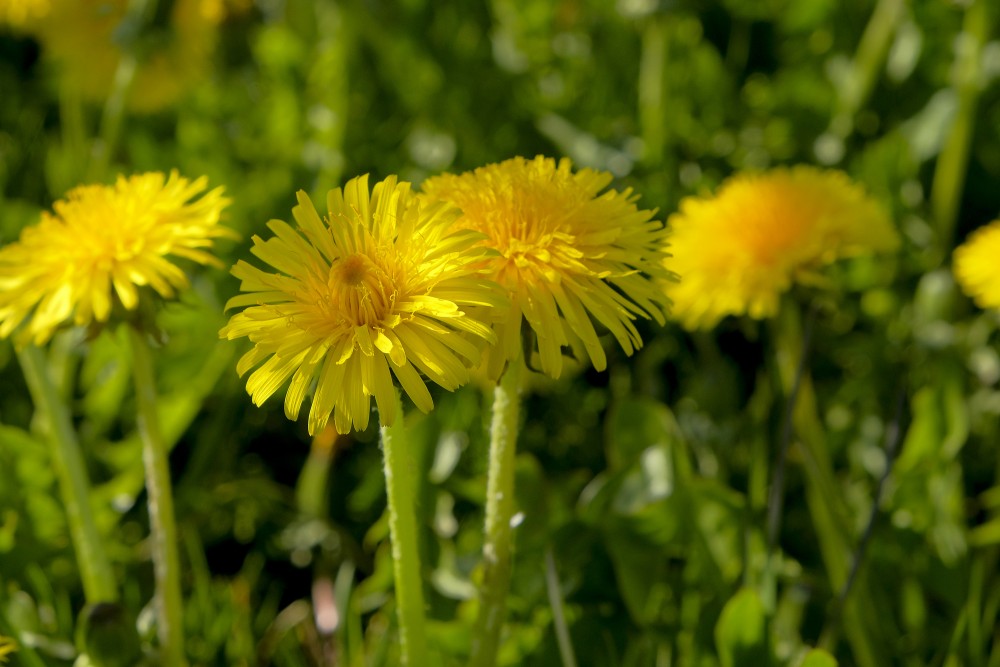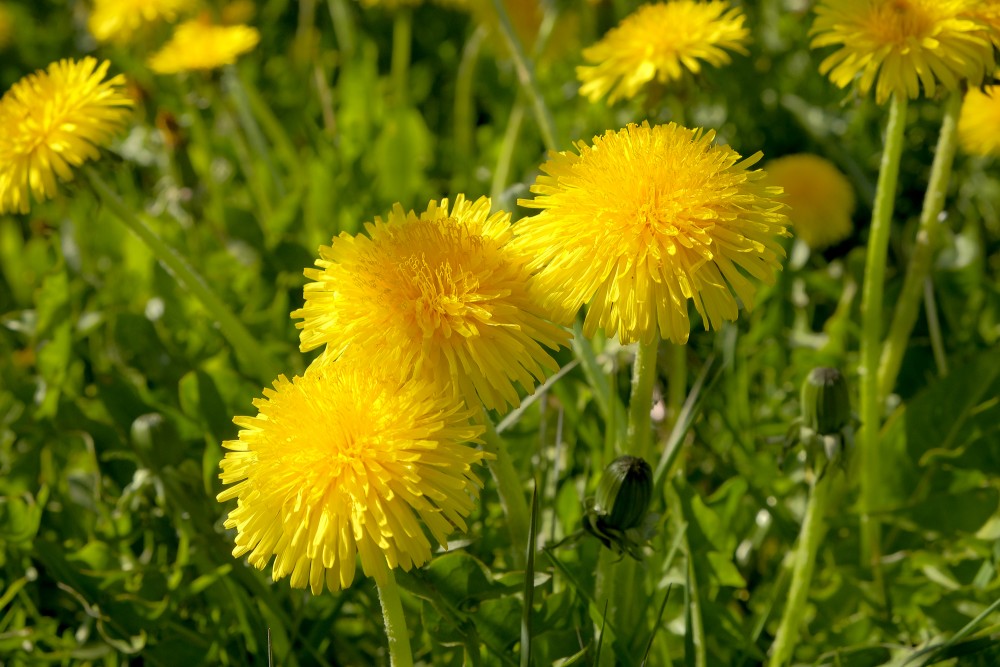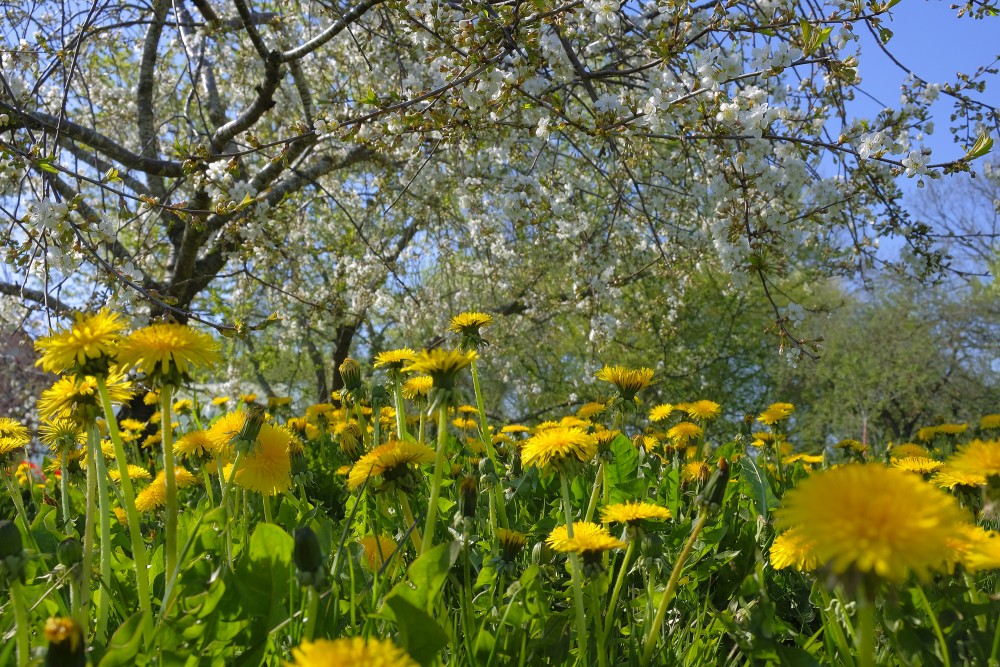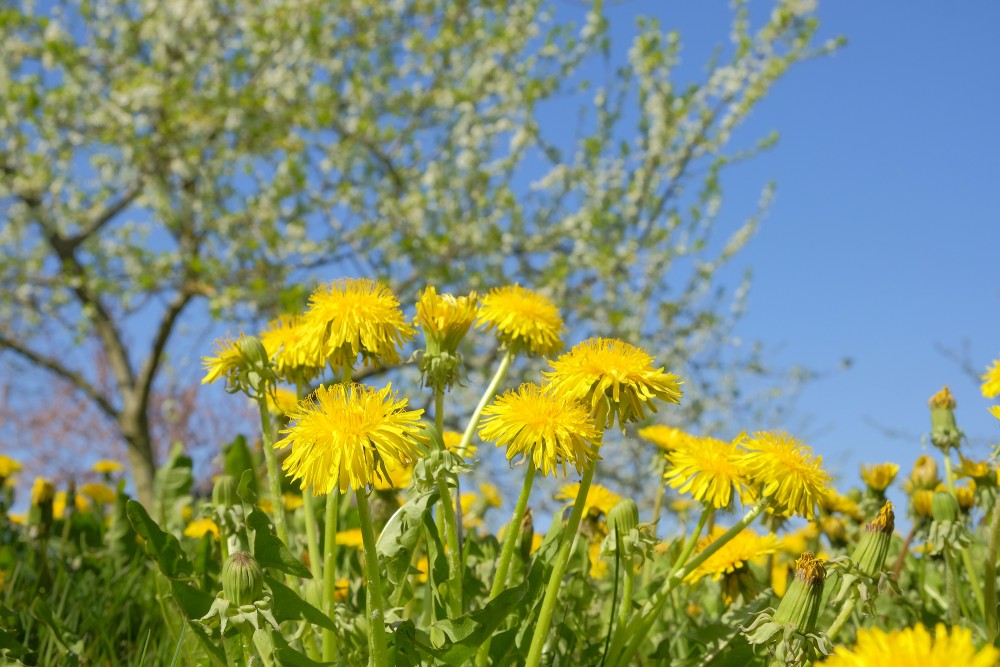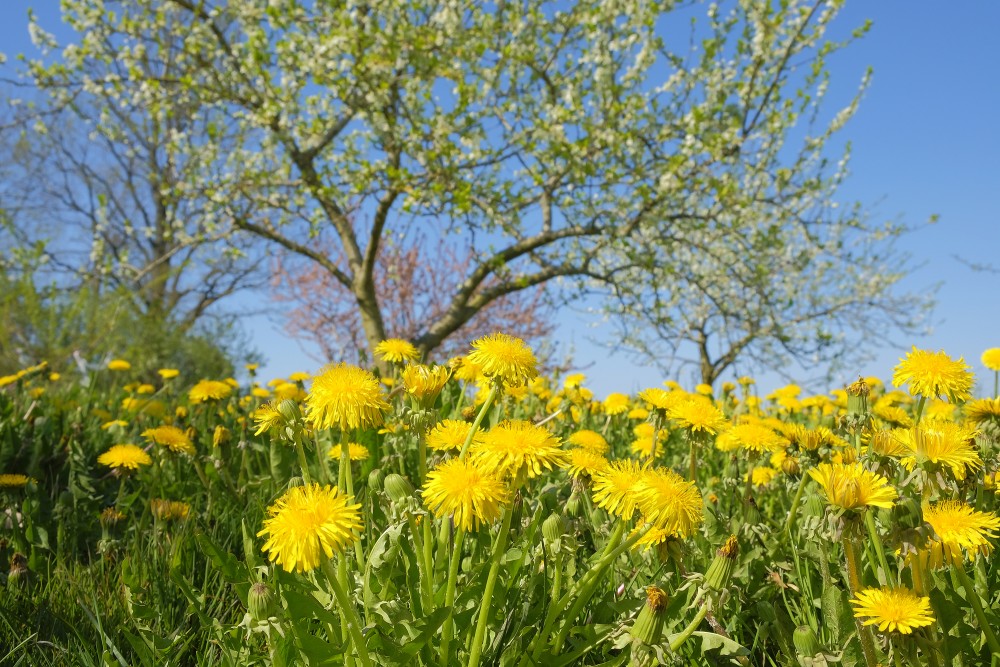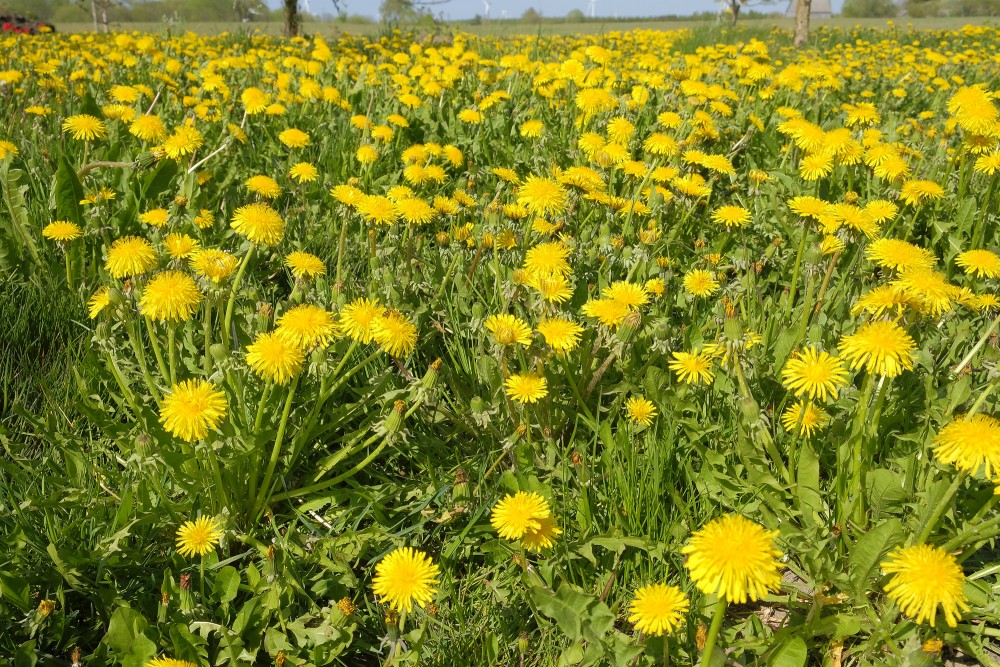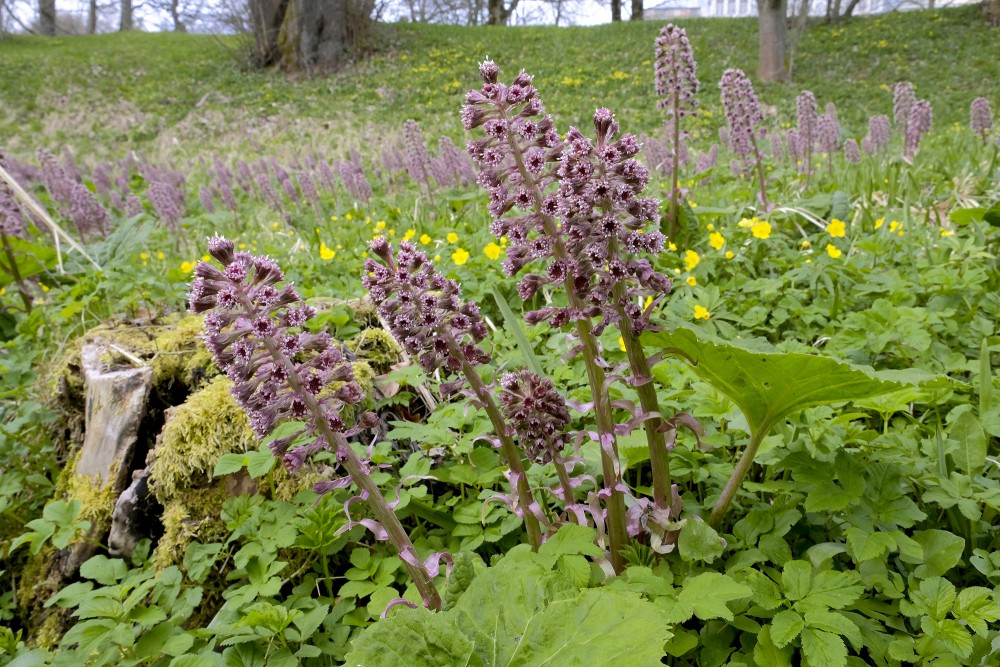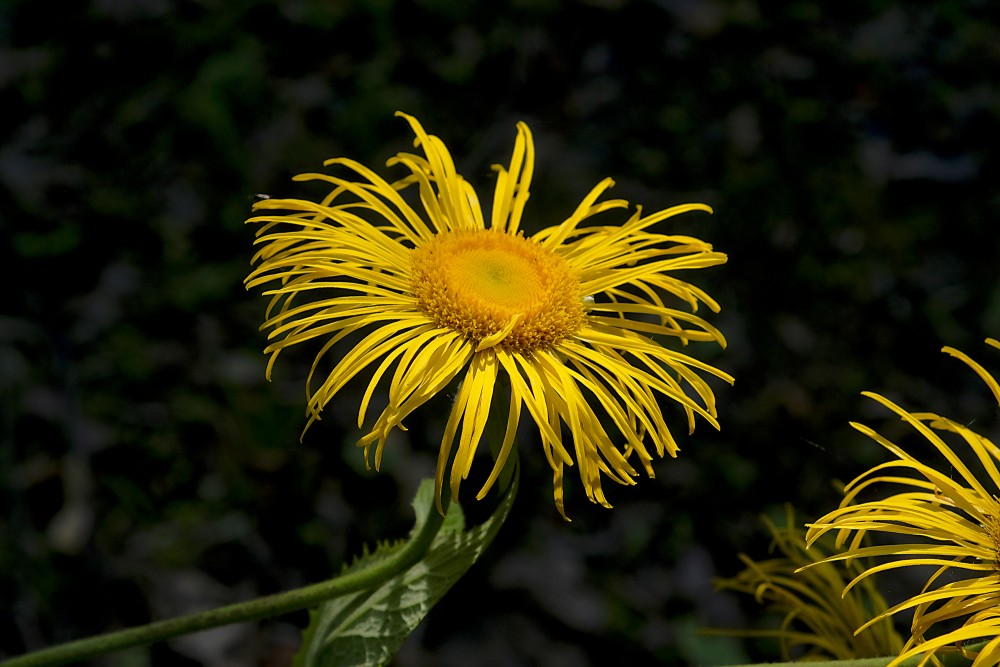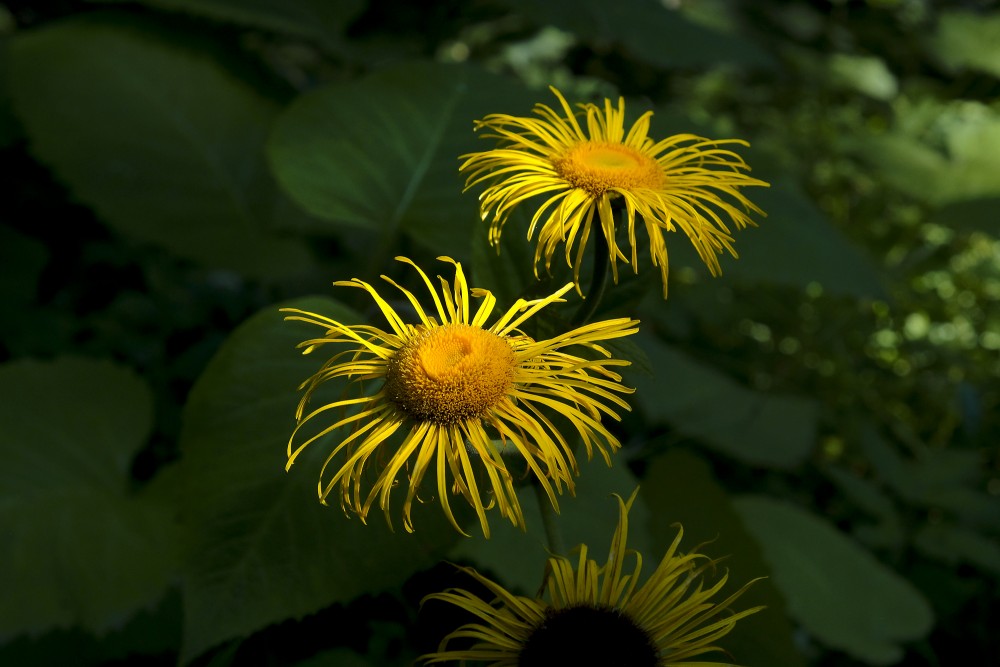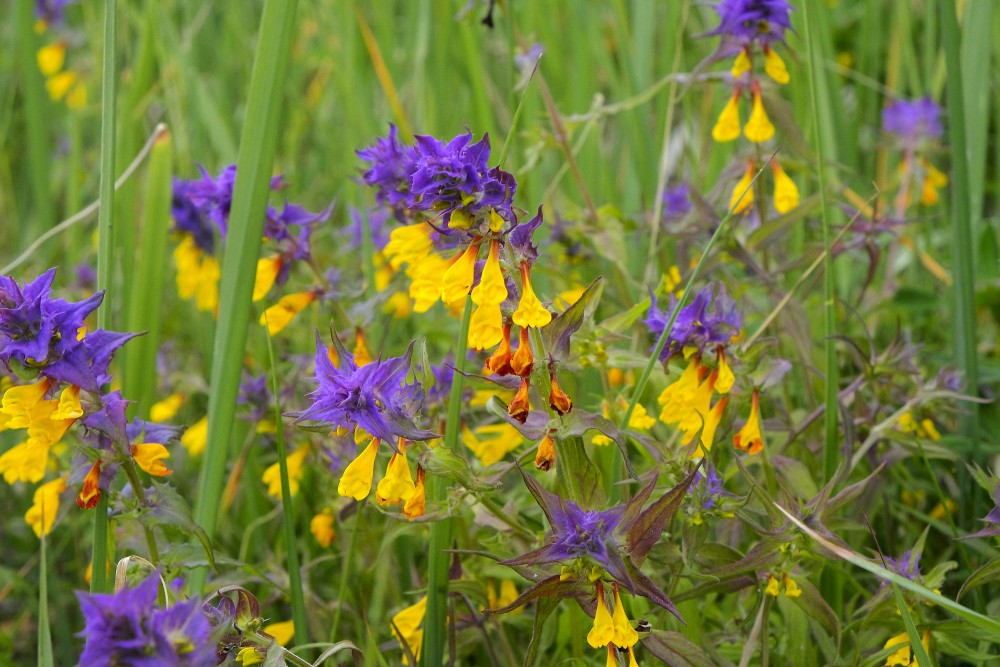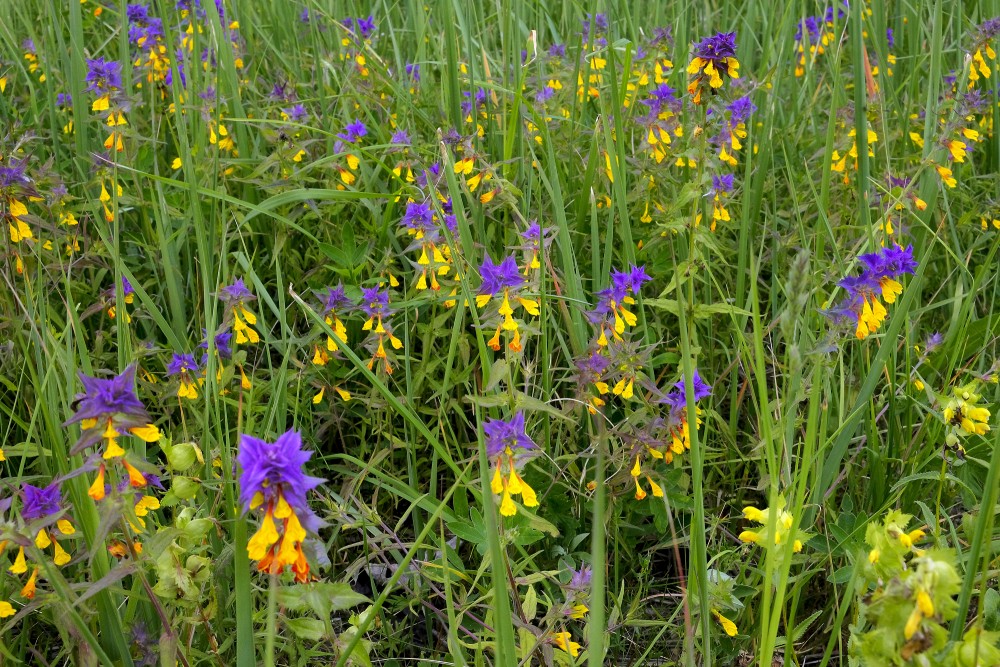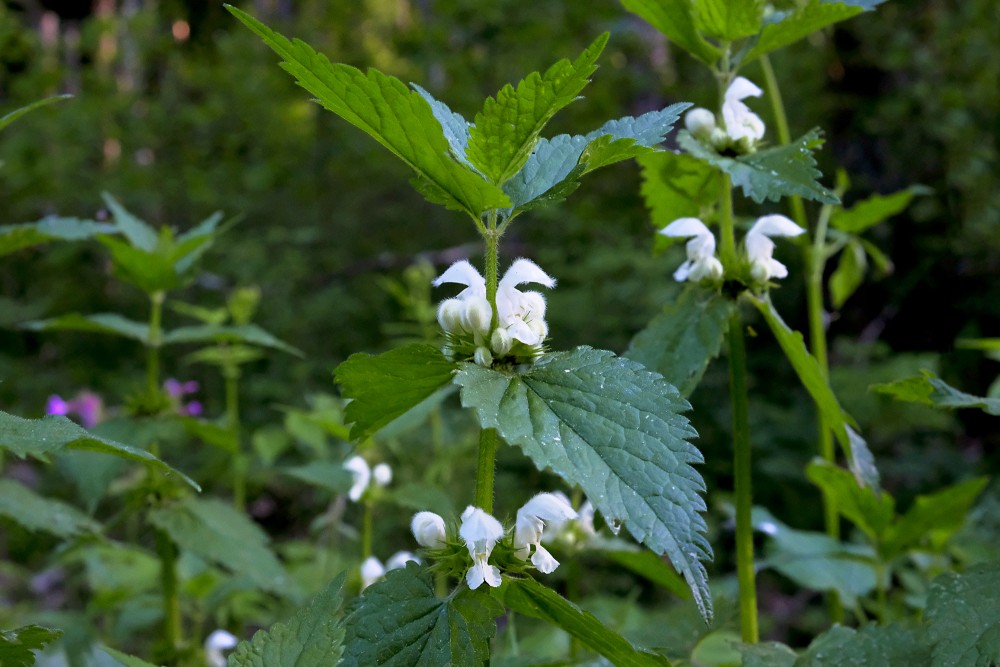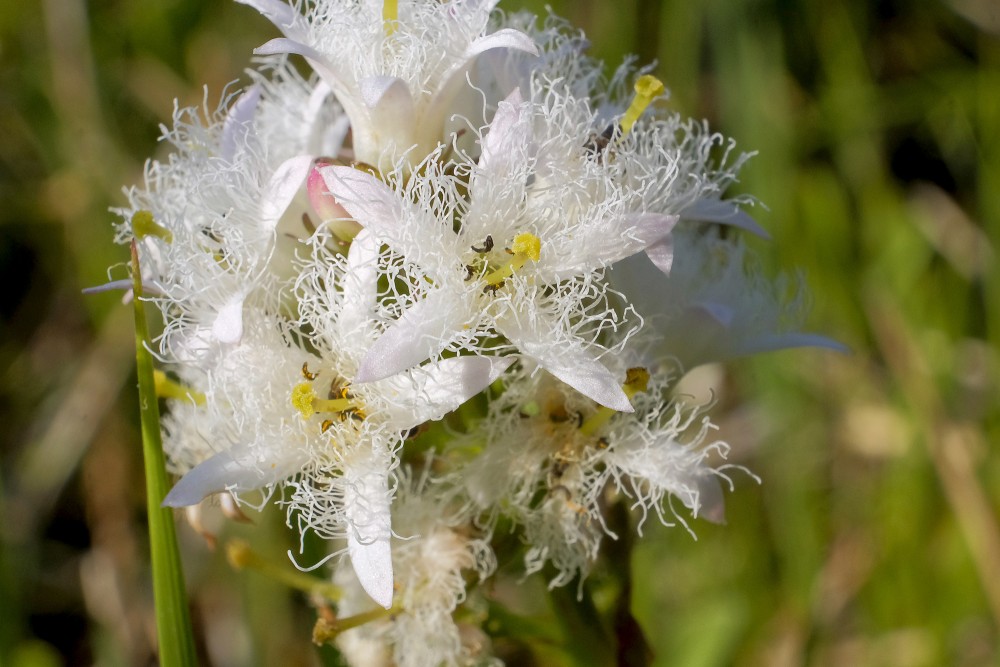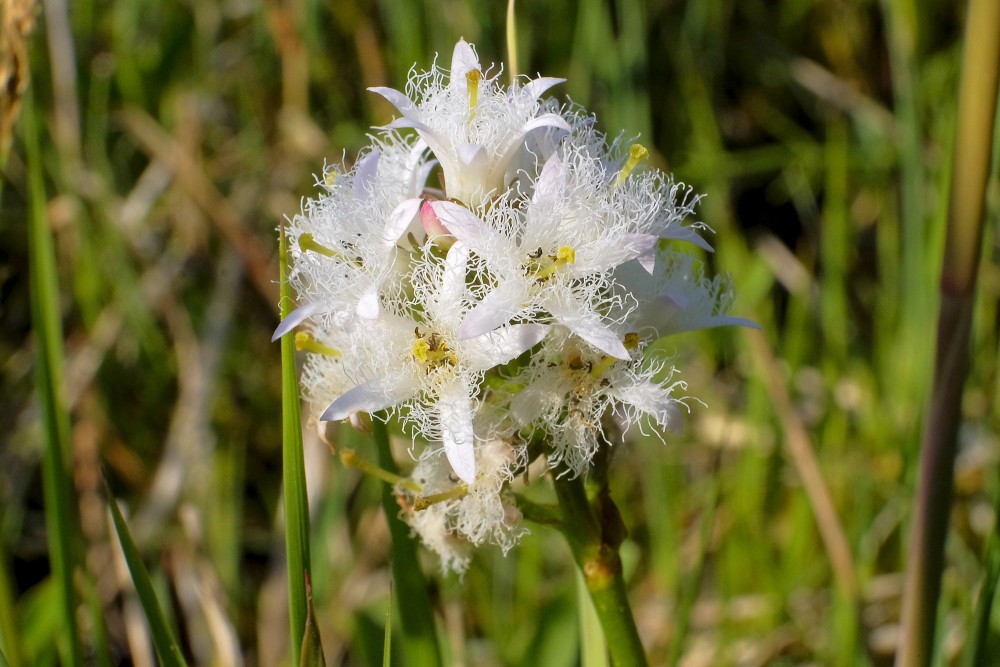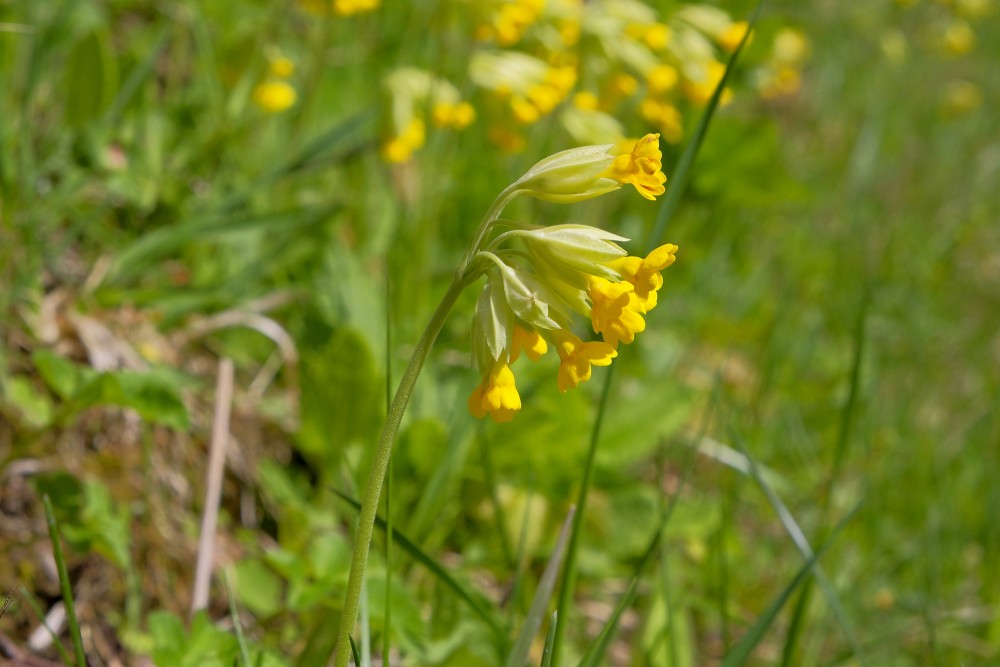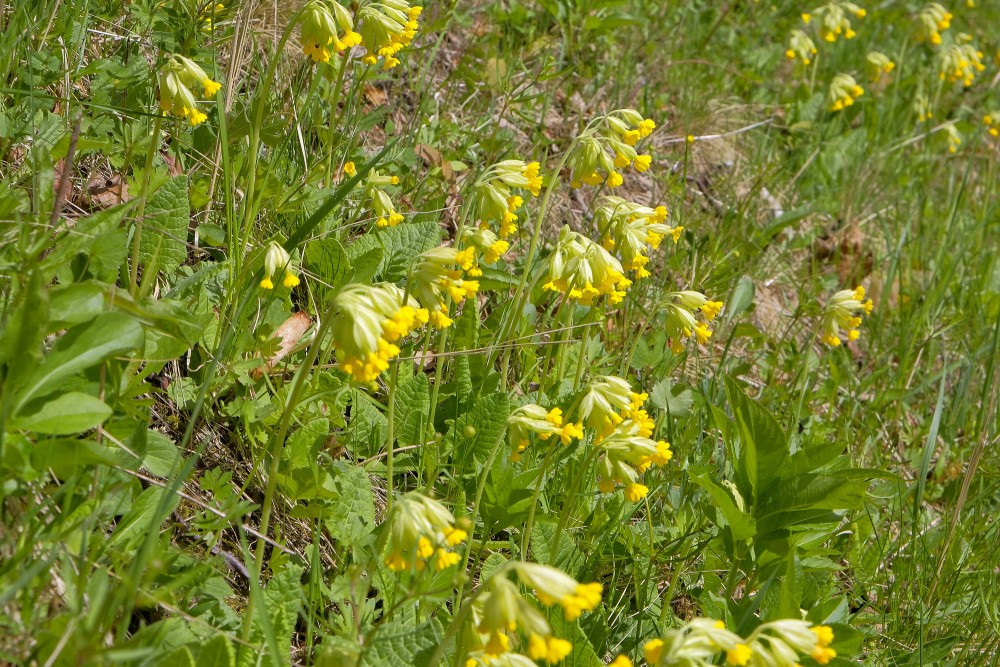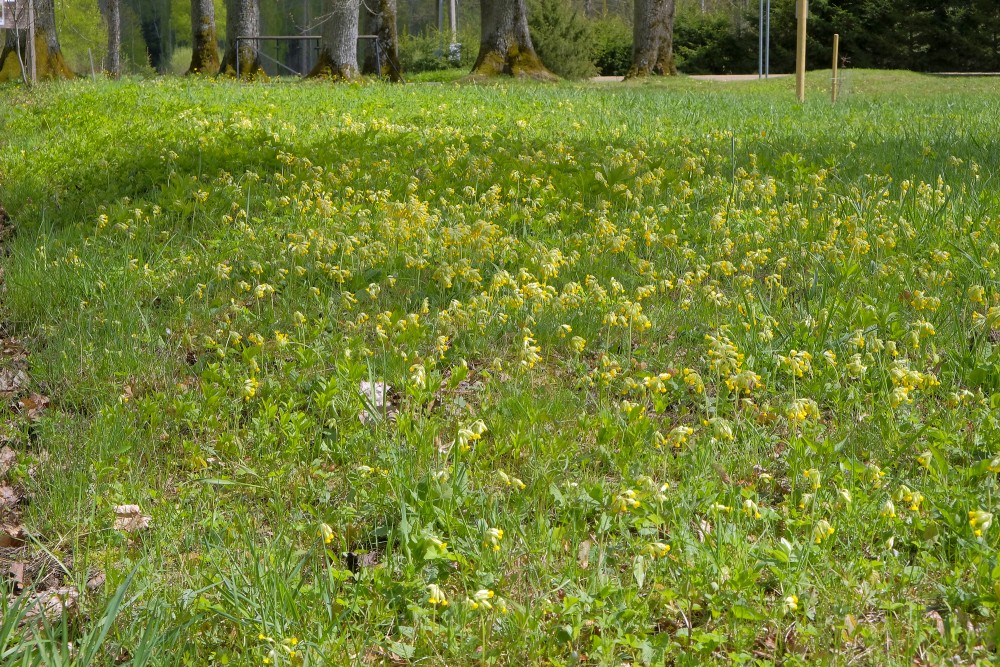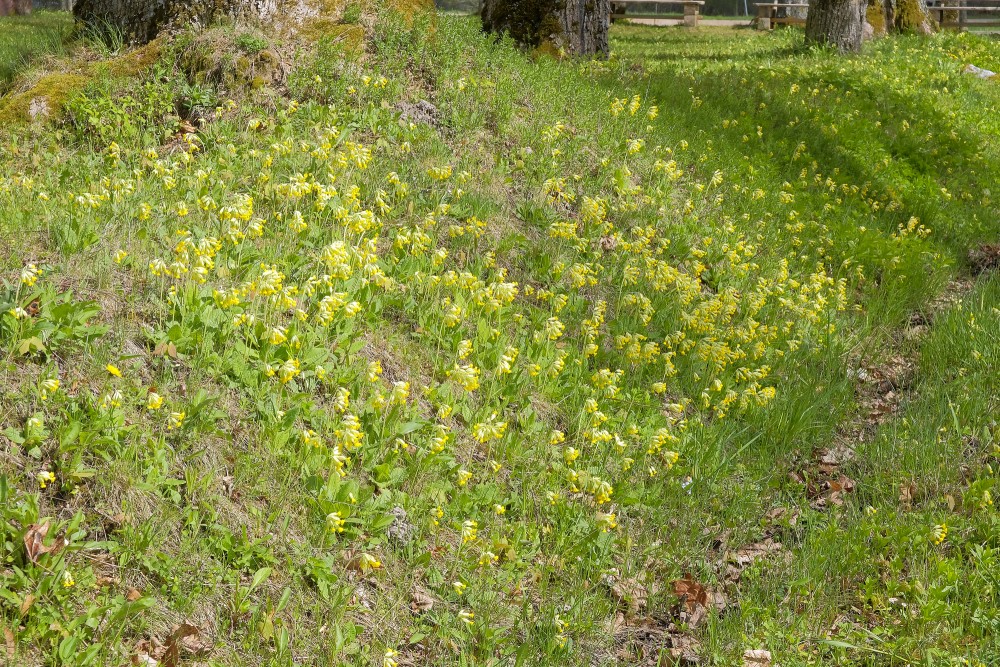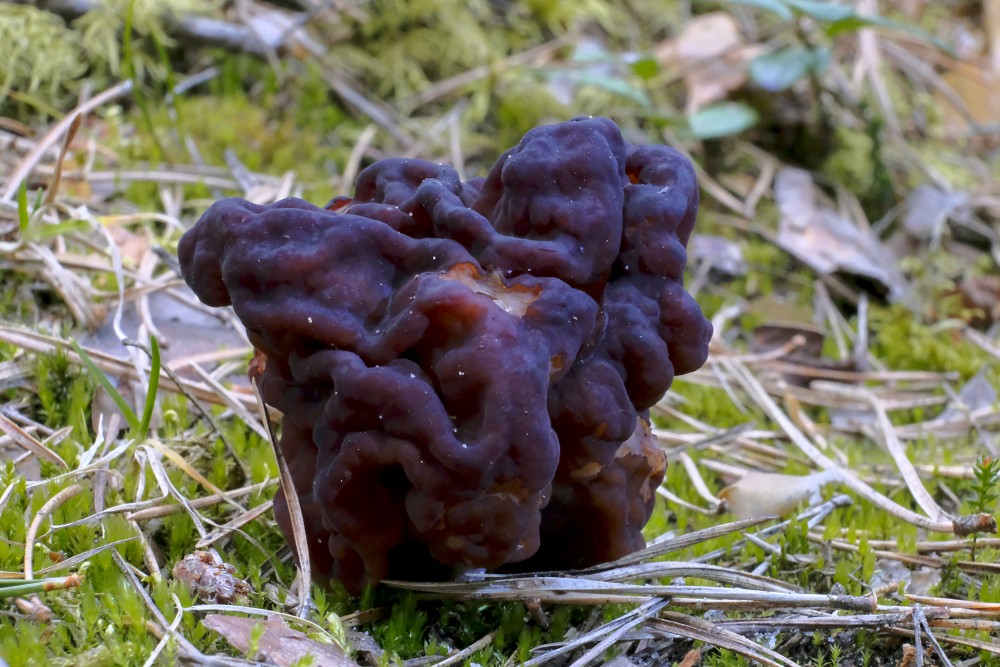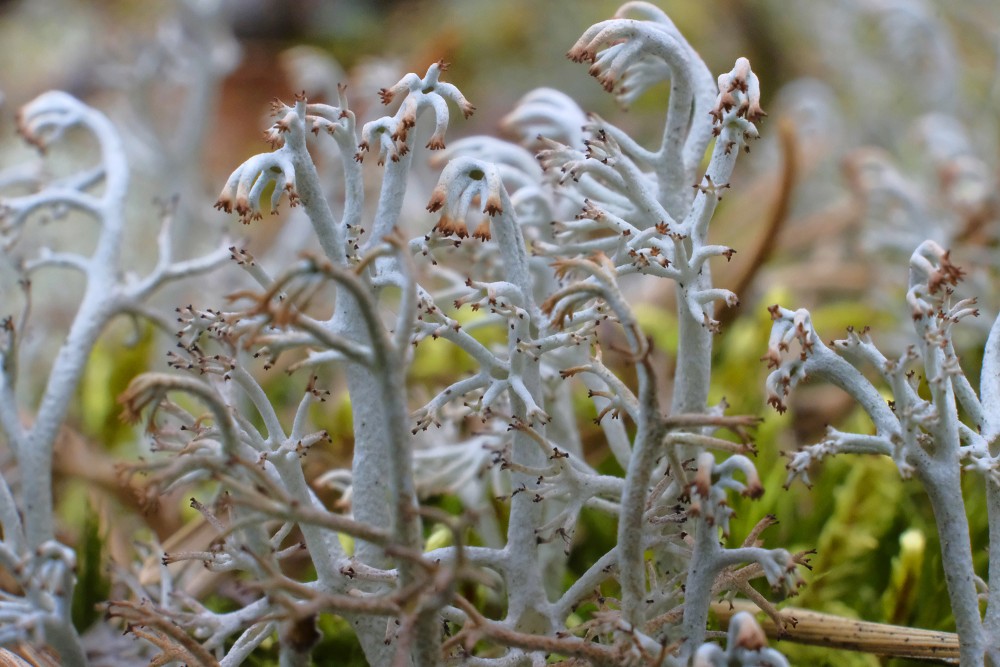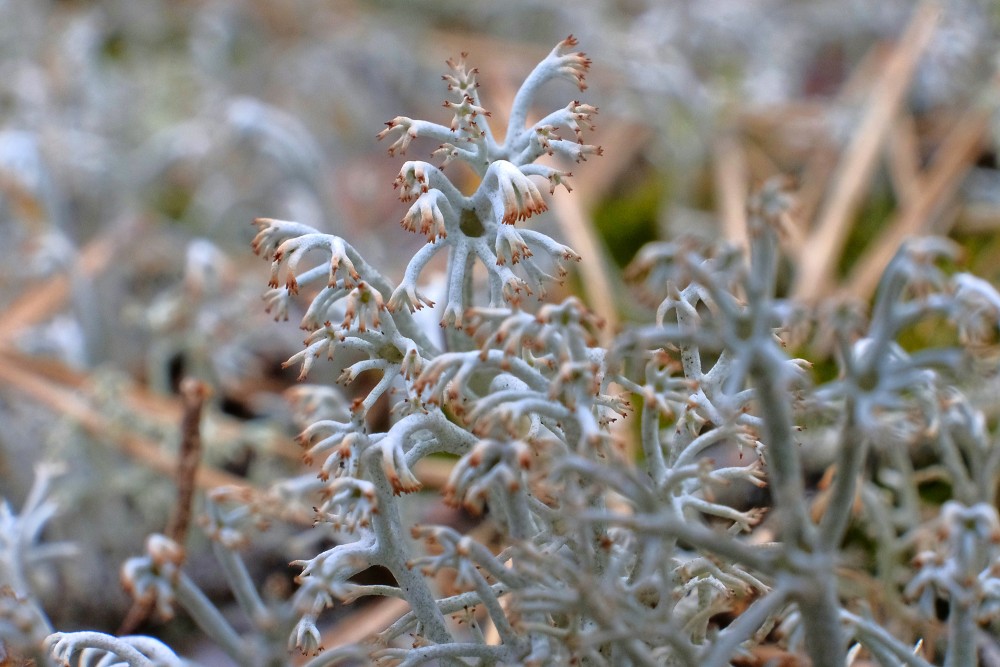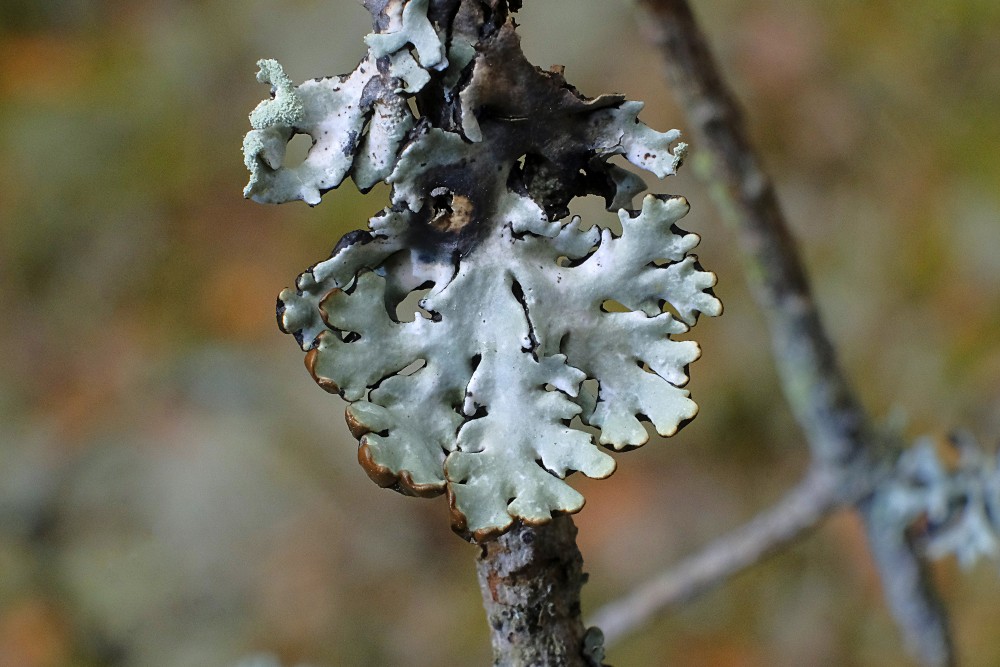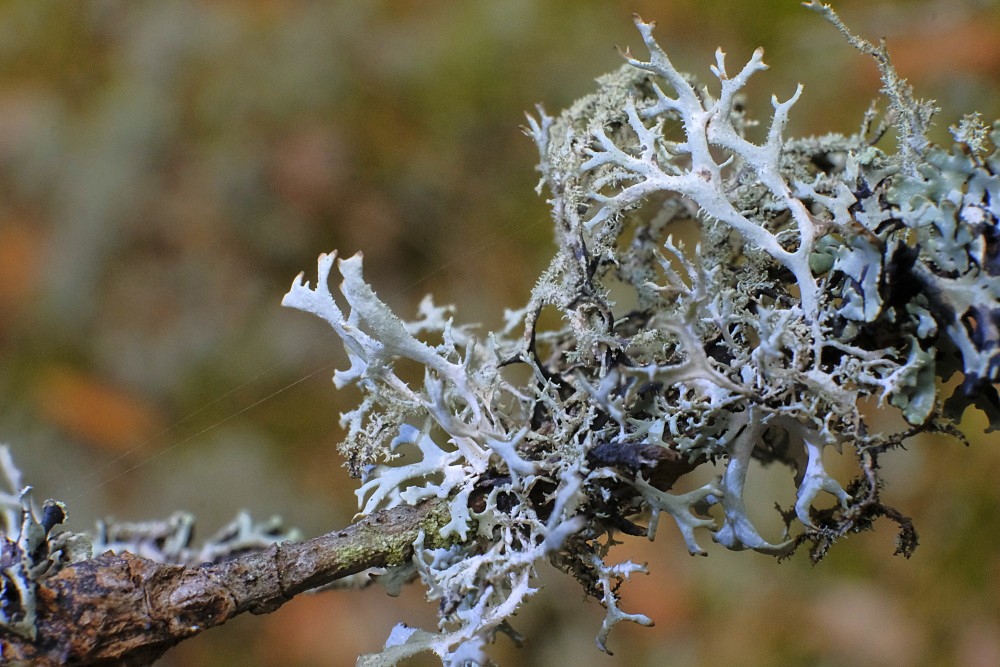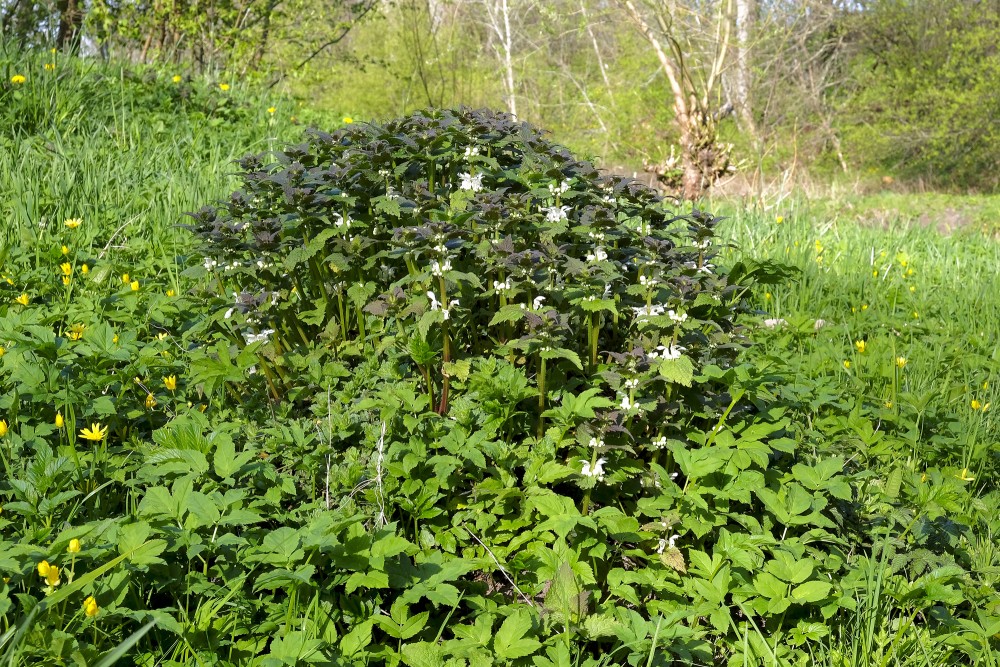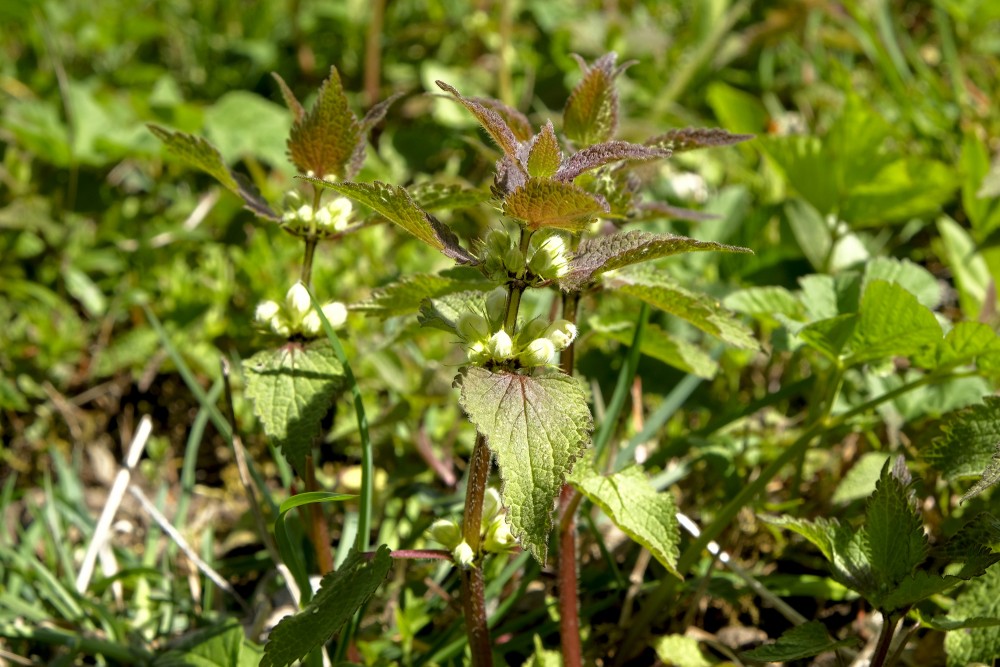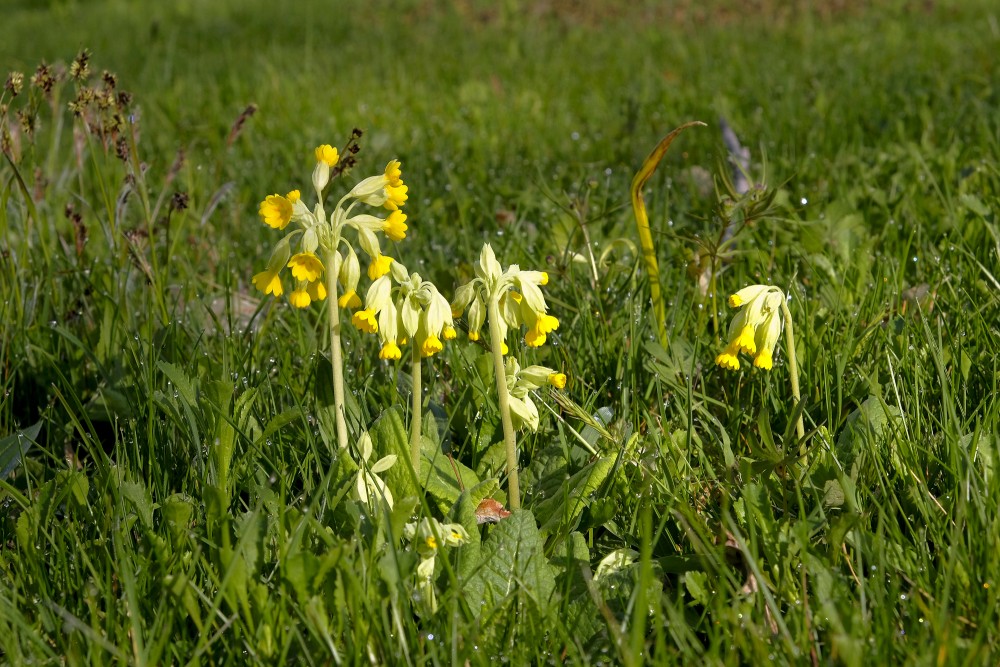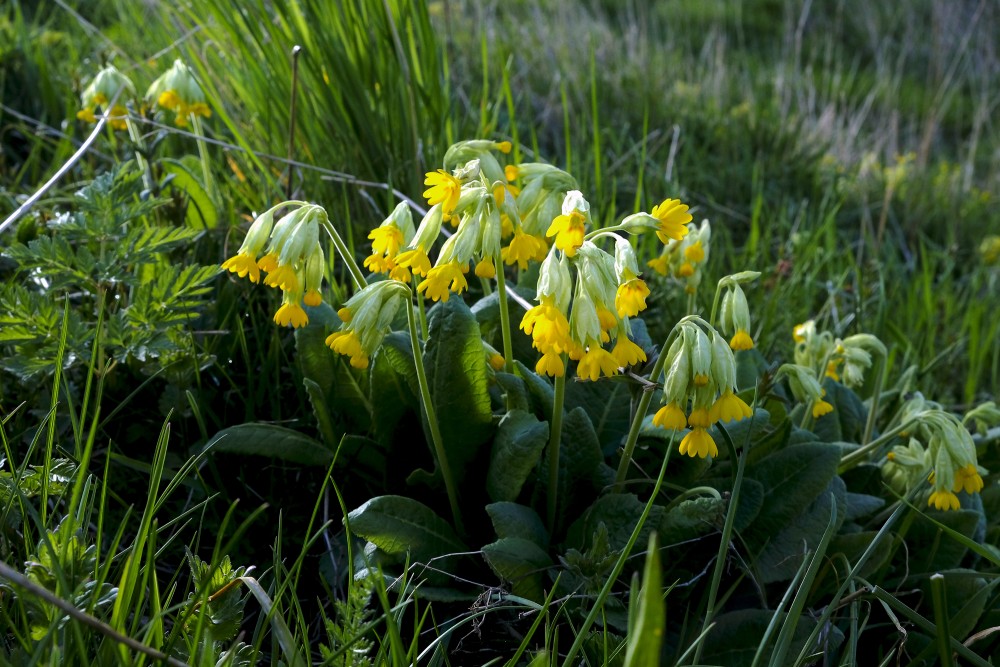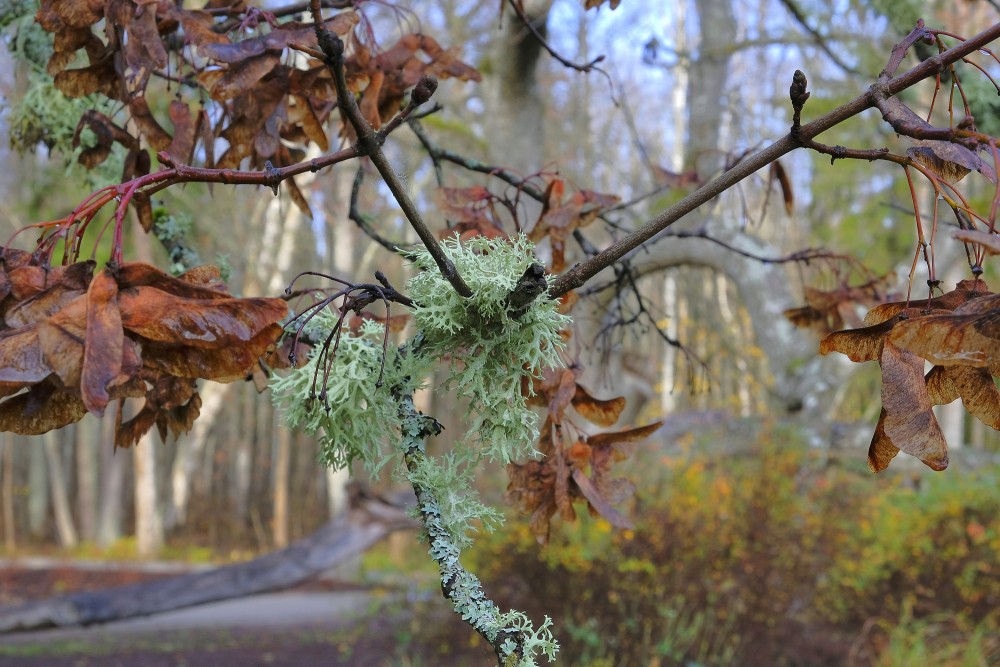Medicinal Plants
Medicinal plants, also called medicinal herbs, have been discovered and used in traditional medicine practices since prehistoric times. Plants synthesise hundreds of chemical compounds for functions including defence against insects, fungi, diseases, and herbivorous mammals. Numerous phytochemicals with potential or established biological activity have been identified. However, since a single plant contains widely diverse phytochemicals, the effects of using a whole plant as medicine are uncertain. Further, the phytochemical content and pharmacological actions, if any, of many plants having medicinal potential remain unassessed by rigorous scientific research to define efficacy and safety. In the United States over the period 1999 to 2012, despite several hundred applications for new drug status, only two botanical drug candidates had sufficient evidence of medicinal value to be approved by the Food and Drug Administration.
The earliest historical records of herbs are found from the Sumerian civilisation, where hundreds of medicinal plants including opium are listed on clay tablets. The Ebers Papyrus from ancient Egypt describes over 850 plant medicines, while Dioscorides documented over 1000 recipes for medicines using over 600 medicinal plants in De materia medica, forming the basis of pharmacopoeias for some 1500 years. Drug research makes use of ethnobotany to search for pharmacologically active substances in nature, and has in this way discovered hundreds of useful compounds. These include the common drugs aspirin, digoxin, quinine, and opium. The compounds found in plants are of many kinds, but most are in four major biochemical classes: alkaloids, glycosides, polyphenols, and terpenes.
Medicinal plants are widely used in non-industrialized societies, mainly because they are readily available and cheaper than modern medicines. The annual global export value of 50,000 to 70,000 plants with suspected medicinal properties was estimated to be US$2.2 billion in 2012, and in 2017, the potential global market for botanical extracts and medicines was estimated at several hundred billion dollars. In many countries, there is little regulation of traditional medicine, but the World Health Organization coordinates a network to encourage safe and rational usage. Medicinal plants face both general threats, such as climate change and habitat destruction, and the specific threat of over-collection to meet market demand.
Context
A medicinal plant is a plant that is used to attempt to maintain health, to be administered for a specific condition, or both, whether in modern medicine or in traditional medicine. The Food and Agriculture Organization estimated in 2002 that over 50,000 medicinal plants are used across the world. The Royal Botanic Gardens, Kew more conservatively estimated in 2016 that 17,810 plant species have a medicinal use, out of some 30,000 plants for which a use of any kind is documented.
In modern medicine, around a quarter[a] of the drugs prescribed to patients are derived from medicinal plants, and they are rigorously tested. In other systems of medicine, medicinal plants may constitute the majority of what are often informal attempted treatments, not tested scientifically. The World Health Organization estimates, without reliable data, that some 80 percent of the world's population depends mainly on traditional medicine (including but not limited to plants); perhaps some two billion people are largely reliant on medicinal plants. The use of plant-based materials including herbal or natural health products with supposed health benefits, is increasing in developed countries. This brings attendant risks of toxicity and other effects on human health, despite the safe image of herbal remedies. Herbal medicines have been in use since long before modern medicine existed; there was and often still is little or no knowledge of the pharmacological basis of their actions, if any, or of their safety. The World Health Organization formulated a policy on traditional medicine in 1991, and since then has published guidelines for them, with a series of monographs on widely used herbal medicines.
Medicinal plants may provide three main kinds of benefit: health benefits to the people who consume them as medicines; financial benefits to people who harvest, process, and distribute them for sale; and society-wide benefits, such as job opportunities, taxation income, and a healthier labour force. However, development of plants or extracts having potential medicinal uses is blunted by weak scientific evidence, poor practices in the process of drug development, and insufficient financing.
Phytochemical basis
All plants produce chemical compounds which give them an evolutionary advantage, such as defending against herbivores or, in the example of salicylic acid, as a hormone in plant defenses. These phytochemicals have potential for use as drugs, and the content and known pharmacological activity of these substances in medicinal plants is the scientific basis for their use in modern medicine, if scientifically confirmed. For instance, daffodils (Narcissus) contain nine groups of alkaloids including galantamine, licensed for use against Alzheimer's disease. The alkaloids are bitter-tasting and toxic, and concentrated in the parts of the plant such as the stem most likely to be eaten by herbivores; they may also protect against parasites.
Modern knowledge of medicinal plants is being systematised in the Medicinal Plant Transcriptomics Database, which by 2011 provided a sequence reference for the transcriptome of some thirty species. The major classes of pharmacologically active phytochemicals are described below, with examples of medicinal plants that contain them.
en.wikipedia.org
